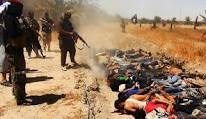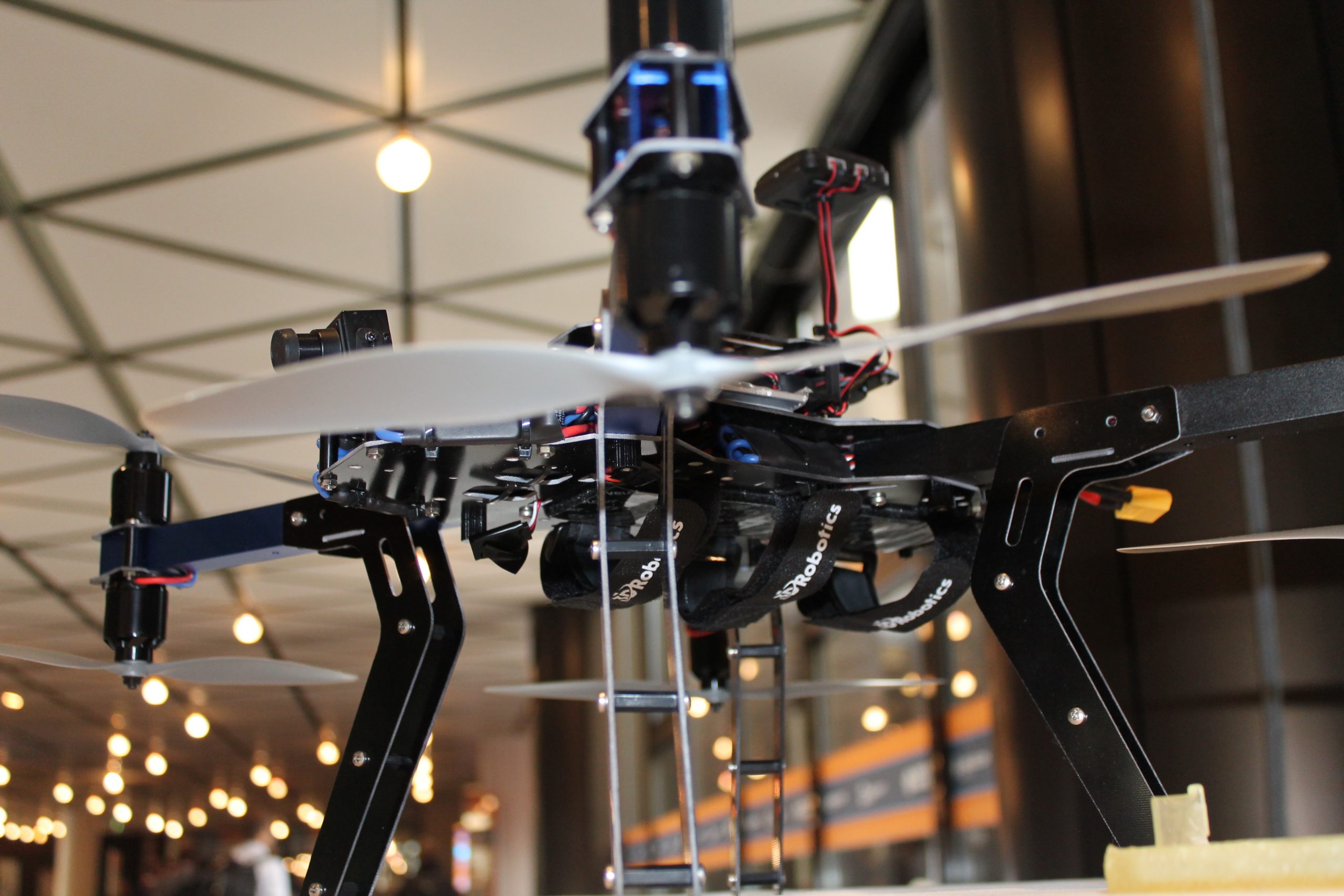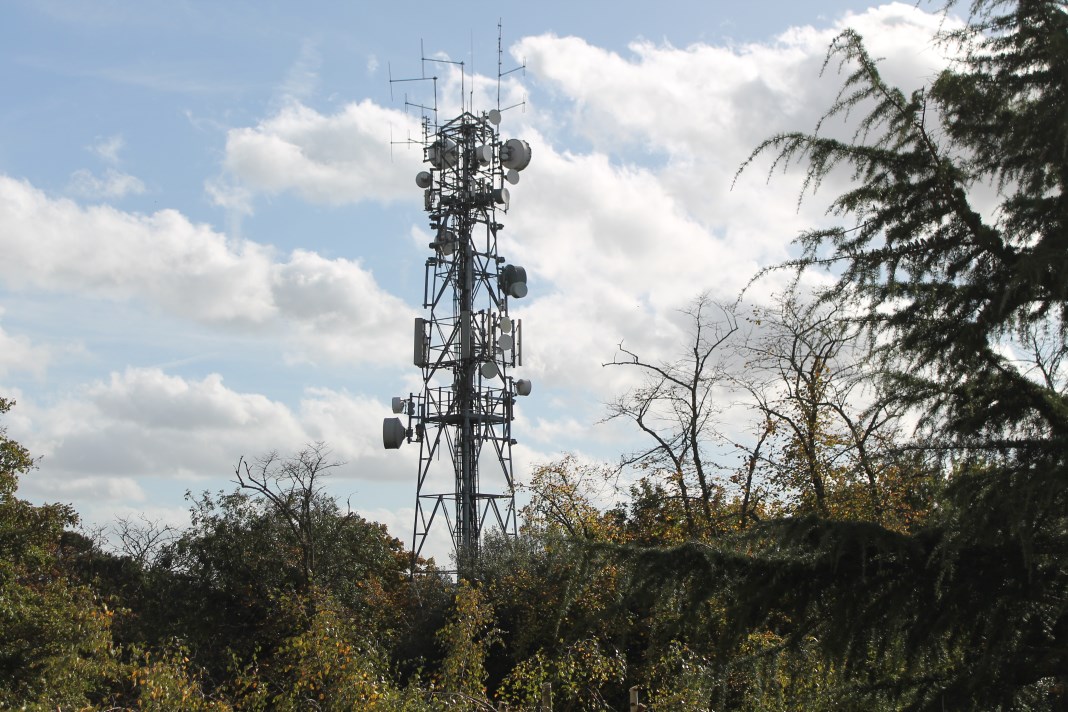One of the US military’s leading information warfare experts has warned against knee-jerk reactions to hostage executions by ISIL.

Major General Charles Dunlap, who has served in Iraq and Afghanistan, and predicted in 1996 that terrorists would try to influence Western policy by executing people live on the internet, has warned that the objective of the Islamic State of Iraq and the Levant mililtants is to use psychological warfare to deter action.
“In 1996 I was trying to anticipate what I saw as a trend in how adversaries would confront high-tech powers, and I thought they would focus, as seems to be the case, on trying to psychologically impact the large democracies, and developed countries as opposed to physically defeating them,” said Dunlap, a distinguished military thinker who, in a presentation at an information warfare conference in Brussels in 1996, also predicted the emergence of new ‘charismatic leaders’ such as ‘Jihadi John’ who would be able to exploit the media.

“I think the terrorists are trying to intimidate the West and use the same tactics that have been successful locally, in Syria and in Iraq. I think that they have made a rather profound miscalculation because of the recent acts in particular, because the recent acts, the beheadings, have been so horrifying to the West that it’s helped solidify the political support that might not otherwise have existed for confronting them,” said Dunlap, in an interview broadcast on Resonance FM’s technology programme PassWord.
In another development that Dunlap, now the Executive Director of the Duke University Center on Law Ethics and National Security, predicted in an influential essay published in January 1996, entitled ‘How We Lost the High-Tech War of 2007’, was that terrorists would use hostages to deter potential allies from joining campaigns against them. Dunlap used a hypothetical scenario in the essay in which he imagined a secret address from a religious leader to a war council.
“In order to create diplomatic pressure on the United States, we took lots of hostages from other nations, even neutrals. We also made a concerted effort to take hostages from militarily weak nations so that America would not gain valuable allies.”
Once again a point that has come true. Currently the Turks have been unwilling to join the US-led coalition because ISIL is also holding Turkish hostages, some of whom have been recently released.
The result of this Dunlap also foresaw in ‘How We Lost the High-Tech War of 2007‘.
“Time and again our efforts earned a bonus: America-for political reasons–was obliged to accept new “allies” whose logistical requirements and marginal fighting ability made them more of a burden than a help.”
In his 1996 essay, Dunlap laid out in explicit detail the tactics now being used by ISIL.
“Thus, it became part of our strategy to capitalize on television’s power to influence decision makers by aiming to wage war in the most brutish–and public–way. This strategy fits our warrior nation well.
“Countries such as ours, organized as they are around exceptionally powerful ethnic, religious, or cultural forces and frequently endowed with potent internal security forces, are much more resistant to vacillations in public opinion than are the diverse, pluralistic democracies of the West. Because our people truly believed in America’s wickedness, it was not necessary to hide our ferocity. Rather, we used ruthless tactics openly to intimidate the American people and break their resolve.
“The “revolution in military affairs” did not, therefore, make warfare less murderous; war never developed into the almost genteel electronic exchange that some foresaw.”
Instead modern warfare has now developed into a very bloody spectacle with hearts and minds being won by a mouse-click.
Already we have been presented by Wikileaks of pictures of Islamic fighters being gunned down in drone strikes and of innocent civilians and a Western news crew being killed by a US helicopter gunship. Events that are being felt by both sides in the conflict and which are fuelling division.
The potential to use such images to promote animosity was once again a development that Dunlap predicted. Pointing out that in wars of the future an ‘eye for an eye, a tooth for a tooth,’ will be a tactic used to deter opponents.
ISIL has just released footage of the decapitated heads of Kurd soldiers with their eyes and tongues gouged out.
“To the contrary, with our strategy it became more savage than ever–at least in the eyes of the many Americans who in previous conflicts had been spared the unedited, real-time “virtual” battlefield presence that the new communication nets allowed. Families at home could now watch and hear their loved ones die.”
In military terms what is being fought for is known as the ‘far enemy’, except that now it also allows terrorist organisation to be able to access converts and consciences as well as the resolve to fight.
It is a tactic that is having some success. There is now a marked reluctance to commit troops for a number of reasons, the one mainly cited is that any defeat of ISIL must be seen to have been achieved by Arab neighbours.
That also that part of the defeat of the organisation has to be seen to be accomplished by an attack on ISIL’s legitimacy, but at the back there is also a lingering fear of the effect that could be generated on public opinion back home by pictures of British or American soldiers taken as prisoners being executed.
Images that play just as strongly with US State Secretary John Kerry’s shaky coalition of Arab states, for it is in the Middle East itself that ISIL’s reign of terror has had most effect, spreading fear by atrocity in the same way that the tartars did in the middle ages.
The alternative is to fall back onto a drone war but that has its own issues of remote access, as pointed out by John Pike, the founder and director of the US website Global Security.
”The introduction of robot forces, is raising some very difficult issues that the DoD has not thought through, and those are about hearts and minds. Warfare until now has been about the sacrifice of blood or treasure and the US has chosen to sacrifice treasure to avoid body bags.”
Dunlap’s predictions have been backed up by media experts, who are pointing to the fact that the brutal videoed executions are deliberately created to generate a ‘theatre of the macabre’ using sophisticated production techniques designed to achieve maximum impact.
The videos are shot from a number of different angles, and carefully scripted to generate a political message that is under-lined by the use of a British national as an executioner. A message to the British people that this conflict is uncomfortably close to their doorstep and to other possible converts that they will have a role if they travel to the warzone.
In the radio interview Dunlap lays bare what he thinks is ISIL’s aim with its barbaric videos.
“I think tragically and indeed horrifically there’s a certain kind of individual that is attracted to the kind of brutality that they have demonstrated and so in one sense what they’re trying to do is attract more recruits with this kind of brutality because sadly enough there are people in this world who find that an expression of an ideology that they find attractive,” said Dunlap, who has developed ideas on the emergence of ‘a new warrior class’ also identified by the British military historian John Keegan.
A warrior in such societies, Keegan wrote, “prefers death to dishonour and kills without pity when he gets the chance.”
It is a warrior class that Al Qaeda and ISIL have been adept at creating using images of flowing religious banners and symbolic backdrops in front of which its new charismatic leaders pronounce their messages of hate and defiance and show as is the case with Jehadi John that they are capable of the most frightening acts of barbarity.
It is a pitiless killing that we are now seeing fully exploited using new technology and would not be possible without it, as the Pakistan Military Consortium points out in a discussion of Dunlap’s thinking on its website.
“Our adversaries will attempt to win by atrocity: by shocking us so much with acts of terror and destruction that they totally demoralize us. In that case, they would not attack our communications, because they would want us to see what they have done to us, as well as get the message that it will go on until we give up. Dunlap calls this neo-absolutist war: Total war ruthlessly waged by unconstrained enemies enfranchised by technology.”
This is a technological exploitation Dunlap states, that we now have to confront if ISIL is to be defeated because the internet and social media is allowing them to get their message out and to communicate and develop recruits and sympathisers, which Dunlap maintains, is the key to the ISIL strategy, to try to out manoeuvre what he calls ponderous government’s in a media war designed to fan hatred and ethnic divides.
“I think that they believe that they will attract more members and they are seeking to light this fire that casts them as representing Islam and to cause social polarisation.
“They want non-Muslims to see this as the face of Islam and they want to generate reprisals that will lead to more recruits for them. It’s intimidation, partly trying to recruit and a strategic message of creating divisions between people, people who need to work together to crush out support for people like ISIL,” said Dunlap, who stressed that if the terrorists begin to believe that their appalling ‘theatre of the macabre’ is successful then it can only lead to even more excessive images of abuse as terrorist groups seek to outdo each other with atrocities.








